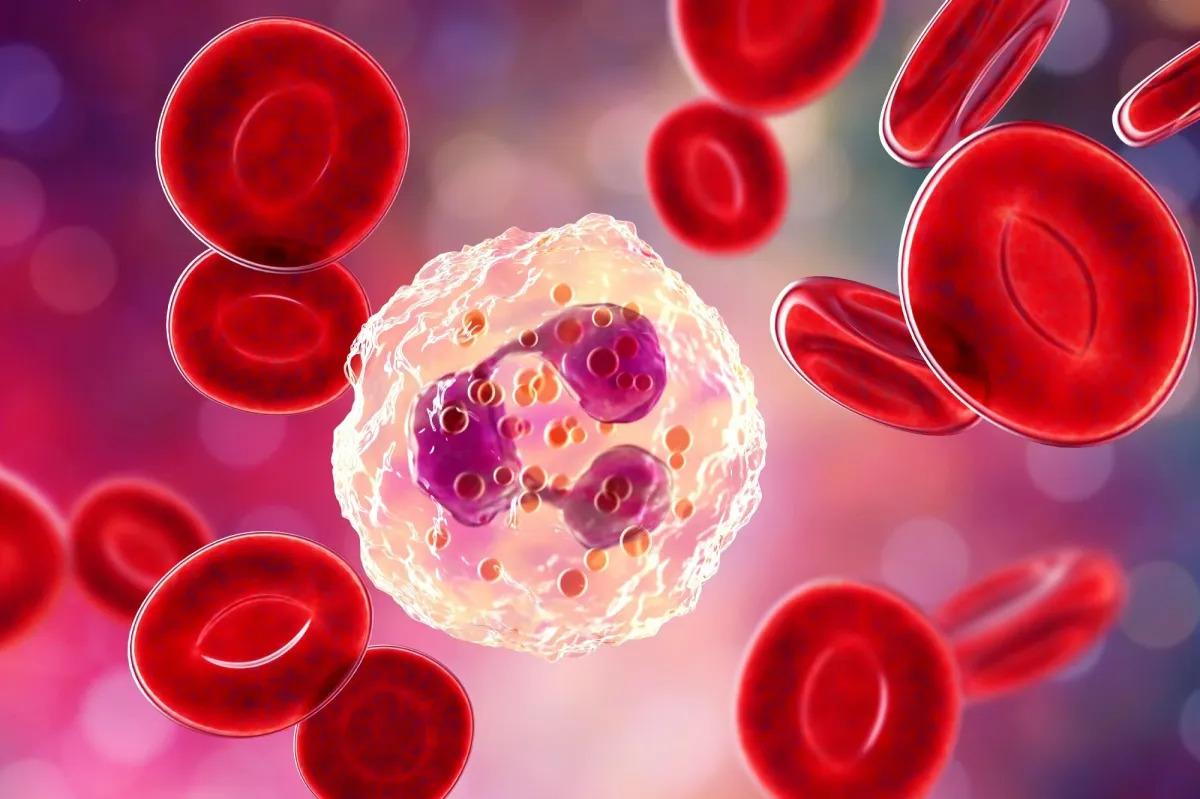Battling the Invisible Enemy: Unveiling the Mystery of Autoimmune Neutropenia
Discover autoimmune neutropenia, a rare condition causing low neutrophil count, posing risks for infections while learning prevention and treatment options.

Autoimmune neutropenia (AIN) is a condition in which the body's immune system mistakenly targets and destroys neutrophils, a type of white blood cell crucial for fighting off bacterial and fungal infections. Neutrophils make up about 50-70% of all white blood cells, making them the most abundant type of immune cells in the body. This disorder can occur in both children and adults, leading to an increased risk of infection, particularly in the mouth and respiratory system. In this blog post, we will discuss the causes, symptoms, diagnosis, and treatment options for autoimmune neutropenia.
AIN is caused by the production of antibodies that specifically target neutrophils. These antibodies may be generated due to genetic factors, environmental triggers, or as a secondary effect of other autoimmune diseases, such as lupus or rheumatoid arthritis. The exact cause of autoimmune neutropenia remains unclear, but it is believed to involve a combination of genetic predisposition and environmental factors, such as exposure to certain medications or infections.
Individuals with autoimmune neutropenia may experience recurrent infections, particularly in the mouth and respiratory system. Symptoms of infection may include fever, sore throat, mouth ulcers, swollen lymph nodes, or difficulty breathing. In some cases, the infections can become severe and life-threatening, particularly if the individual has a weakened immune system due to other factors, such as cancer or HIV/AIDS. However, it's essential to note that not all individuals with AIN will exhibit symptoms or have frequent infections.
Diagnosing autoimmune neutropenia typically involves blood tests to determine the number of neutrophils present in the bloodstream. A low neutrophil count, known as neutropenia, may indicate the presence of an autoimmune disorder targeting these cells. Additional laboratory tests, such as an antineutrophil antibody test, can help confirm the diagnosis of AIN. In some cases, a bone marrow biopsy may be performed to rule out other causes of neutropenia, such as leukemia or aplastic anemia.
Treatment for autoimmune neutropenia depends on the severity of the condition and the presence of symptoms. In mild cases where there are no recurrent or severe infections, "watchful waiting" may be recommended, with regular blood tests to monitor neutrophil levels. If infections are frequent or severe, treatment options may include the use of antibiotics to control infections, granulocyte colony-stimulating factor (G-CSF) to stimulate the production of neutrophils, or corticosteroids to suppress the immune system's attack on the neutrophils. In some cases, intravenous immunoglobulin (IVIG) therapy may be used to neutralize the antibodies targeting neutrophils. In very severe cases, a bone marrow transplant may be considered, although this treatment option is generally reserved for life-threatening situations.
Living with autoimmune neutropenia can be challenging, but with appropriate medical care and lifestyle adjustments, many individuals can maintain a good quality of life. Preventative measures such as good hygiene, oral care, and regular medical check-ups can help minimize the risk of infection. It's essential for individuals with AIN to communicate with their healthcare providers about their symptoms, treatment options, and any concerns they may have. With the right support and management, people living with autoimmune neutropenia can lead healthy, fulfilling lives.





